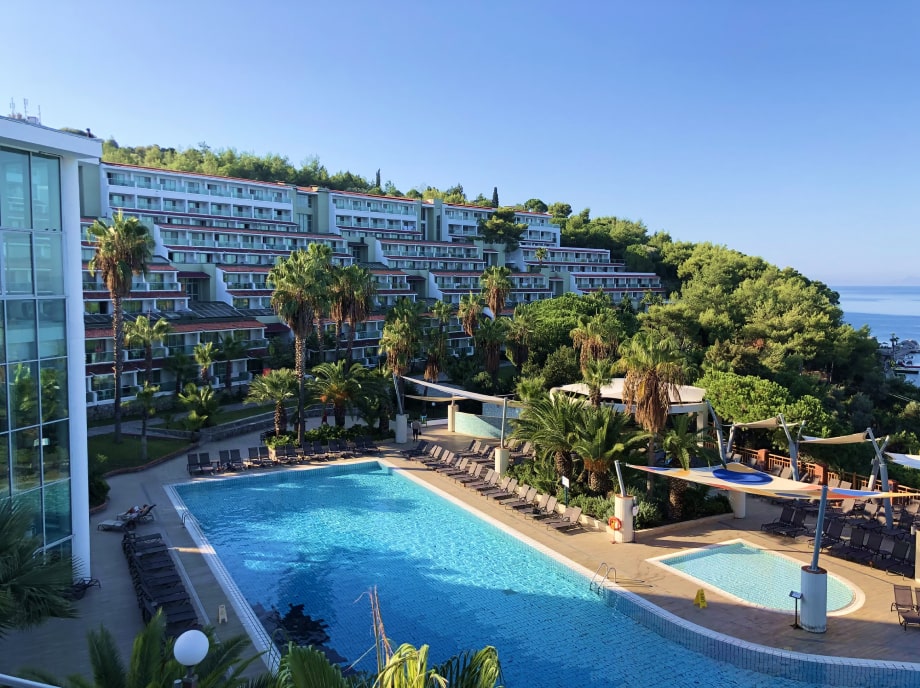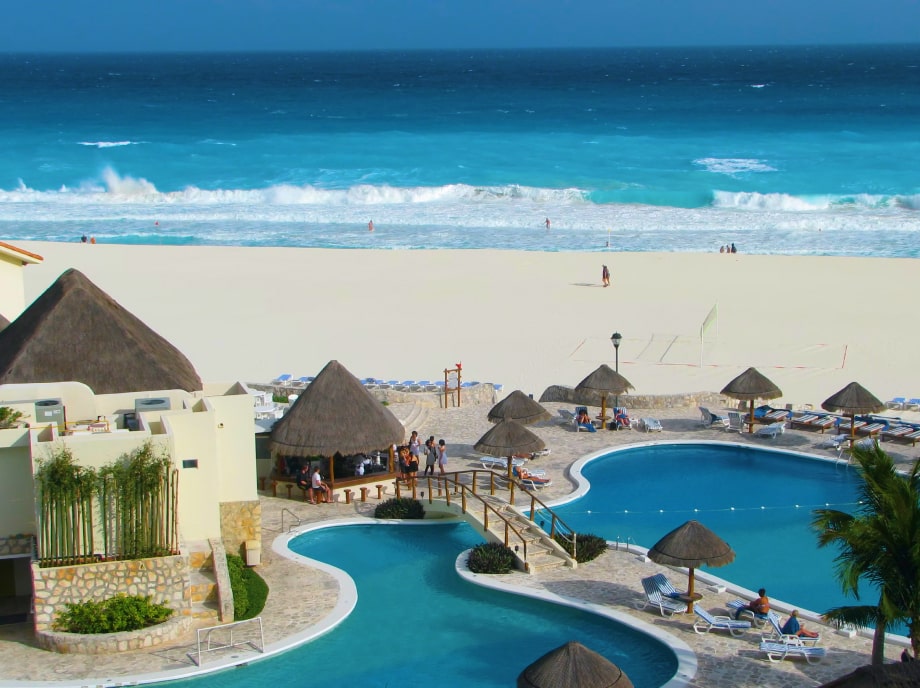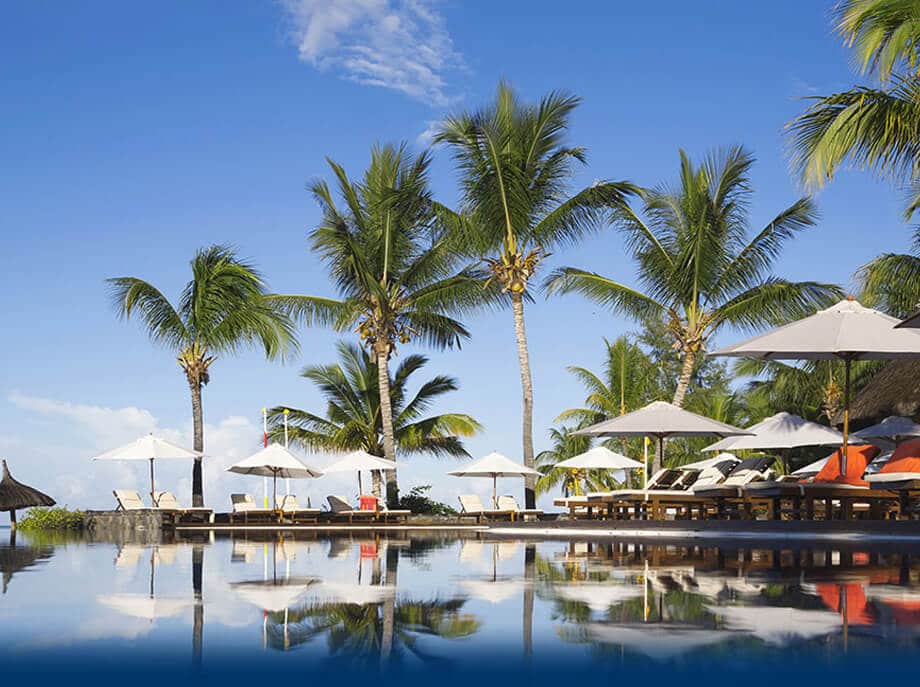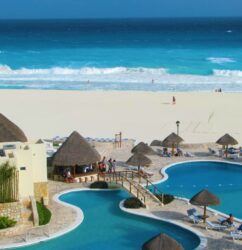what is travelling?
first of all, we have to know about what is travelling?
Is travelling is only moving from one place to another. No, travelling is not only moving from one place to another, but also it includes experience different culture, food, languages, rituals and unfamiliar places or we can say travelling is a proper planning of where you have to go, what you want to eat, where you want to eat, where you have to stay and one of the important thing is what means of transport you use for your travelling.
Travelling is an opportunity by which we expand our orbit, create memories, get a deeper understanding about the world and it’s diversity or diverse culture. Travelling is also a source of enjoyment, relaxation, personal growth, awareness about world, adventure and more.
Expense varies with different types of travelling.
Different types of travelling are
There are several types of traveling, each catering to different preferences, interests, and purposes. Here are some common types of traveling:
- Leisure travel: Leisure travel refers to travel for recreation, relaxation, and enjoyment. People engage in leisure travel to explore new destinations, experience different cultures, visit tourist attractions, and engage in activities such as sightseeing, hiking, beach vacations, and adventure sports.
- Business Travel: Business travel involves individuals traveling for work-related purposes. This can include attending conferences, meetings, training sessions, negotiations, and other professional activities. Business travelers often have specific goals related to their work or company.
- Adventure Travel: Adventure travel focuses on exploration and excitement. Travelers engage in adventurous activities such as trekking, mountaineering, scuba diving, safari tours, and other high-risk outdoor pursuits. Adventure travel often takes place in remote or exotic locations.
- Cultural Travel: Cultural travel emphasizes experiencing the local culture, traditions, art, history, and cuisine of a destination. Travelers immerse themselves in the local way of life, visiting museums, historical sites, attending cultural events, and participating in workshops or cooking classes.
- Ecotourism: Ecotourism is a type of travel that promotes responsible and sustainable travel to natural areas. It focuses on conserving the environment, supporting local communities, and educating travelers about biodiversity and conservation efforts. Ecotourists engage in activities like bird watching, wildlife safaris, and nature hikes.
- Family Travel: Family travel involves vacations and trips taken with family members, including parents, children, and sometimes extended family. Family travelers often seek destinations and activities suitable for all age groups, ensuring a wholesome experience for everyone.
- Solo Travel: Solo travel is when individuals explore destinations alone. It offers the freedom to plan the itinerary according to personal interests and preferences. Solo travelers often seek self-discovery, independence, and the opportunity to meet new people.
- Group Travel: Group travel involves traveling with a group of people, often organized by tour operators, schools, clubs, or social organizations. Group travelers share common interests and participate in guided tours, group activities, and cultural experiences together.
- Volunteer Travel (Voluntourism): Volunteer travel combines travel with volunteering opportunities. Travelers contribute their time and skills to community development projects, conservation efforts, or humanitarian causes while experiencing the local culture and environment.
- Medical Tourism: Medical tourism involves traveling to other countries to receive medical, dental, or cosmetic treatments. Travelers often seek medical procedures at a lower cost or with shorter waiting times compared to their home countries.
These types of traveling cater to different interests and motivations, allowing individuals to choose the style of travel that aligns with their preferences and goals.






















